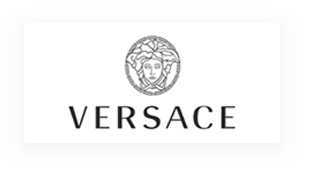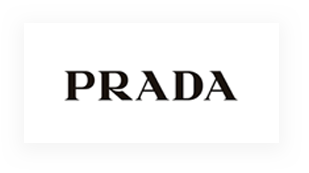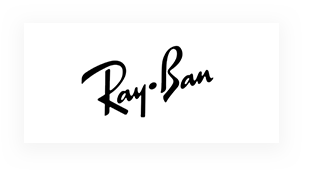Nearsightedness is a refractive error your eye doctor is likely very familiar with—an estimated 30% of Canadians have it. Optometrists commonly correct this condition with glasses, but what about contact lenses? Can you get contacts for nearsightedness?
Continue reading to learn more about nearsightedness, including if you can get contact lenses to correct this refractive error.
Can You Get Contacts for Nearsightedness?
Yes, you can get contact lenses for nearsightedness!
Most contact lenses can correct common refractive errors like nearsightedness, farsightedness, and astigmatism. You have many options for contact lenses, but don’t worry—your eye doctor can help.
What Is Nearsightedness?
Nearsightedness (myopia) is a vision problem where nearby objects appear clearly, and distant images look blurry. It’s a common refractive error that many Canadians have. This condition tends to develop in early childhood, displaying several symptoms.
Symptoms of myopia can include:
- Headaches
- Blurry vision
- Eye strain
- The need to squint to see
Children with myopia may assume everyone sees like they do, making it difficult for them to explain. They may not realize they have a vision problem. However, your child may show several signs they’re struggling with their vision, including:
- Squinting persistently
- Being seemingly unaware of far-away objects
- Blinking excessively
- Rubbing their eyes
- Sitting too close to the TV & other screens
What Causes Nearsightedness?
Someone with nearsightedness has eyes that are too long, or their corneas have a steep curve, causing refraction problems as light enters the eye. With nearsightedness, light entering the eye lands in front of the retina when it should normally land on the retina, causing blurry vision.
Other factors may influence myopia development, including:
The Many Types of Contact Lenses
Many conventional and specialty contact lenses can correct nearsightedness. Your optometrist can help determine the best lenses for your needs during a contact lens exam and fitting. They’ll learn more about your vision needs before recommending a pair of contacts.
Some contact lens options for myopia include soft, rigid gas permeable, disposable, hybrid, and multifocal lenses.
Soft Contact Lenses
Soft contact lenses are made from flexible plastic, fitting your eye’s surface and allowing oxygen to pass through easily to the cornea. Generally recommended for people new to contact lenses, many choose to wear these lenses over other traditional or specialty contacts. Soft contacts are the most commonly worn contact lens.
While soft contacts are easy to adapt to and comfortable, they are less durable than rigid contact lens materials.
Rigid Gas Permeable Lenses
Rigid gas permeable lenses are durable, hard lenses. They retain their shape, providing clear, crisp vision for the wearer. These lenses may take longer to adjust to, but they can be as comfortable as soft contacts once you’re used to them.
While rigid gas permeable lenses are comfortable, they’re more likely to dislodge, making them less ideal for sports or other intense activities.
Disposable Contact Lenses
Disposable contacts, also known as daily disposables, are contact lenses you remove daily and replace the next day. These lenses are comfortable and convenient, not requiring any maintenance or care because you use new ones every day.
Disposable lenses can be healthier for your eyes because there’s less chance for proteins, calcium, and lipids in your tears to build up on them due to their short lifespan. These deposits can make wearing contact lenses uncomfortable.
Hybrid Contact Lenses
Hybrid contacts are specialty lenses that combine comfort and clarity. These lenses have a rigid gas-permeable centre and a soft outer diameter of the lens. The design of the contact lens provides clear vision while remaining comfortable, making them ideal if you find rigid gas permeable lenses difficult or uncomfortable to wear.
While these lenses are often for patients with astigmatism or another corneal issue, hybrid lenses can provide sharp vision and comfort. You can likely wear a hybrid lens if you can handle wearing a traditional soft contact lens.
Multifocal Contact Lenses
Multifocal contact lenses feature multiple prescriptions in a single lens—the contact lens equivalent to bifocal, trifocal, or multifocal eyeglasses. These lenses can provide clear vision while correcting presbyopia.
Presbyopia is a common condition for adults 40 and over, occurring when the eye’s lens becomes less flexible. Multifocal contact lenses can help you enjoy clear vision from different distances.
Find the Right Contact Lenses for Your Vision Needs
Nearsightedness is a common refractive error, meaning that most contact lenses can help correct it. The contact lenses you are prescribed depending on your vision and lifestyle needs. Your eye doctor can help determine the best lenses for your needs during a contact lens exam. Contact your optometrist if you’re interested in contact lenses for nearsightedness. You can enjoy clear and comfortable vision with their help.
















